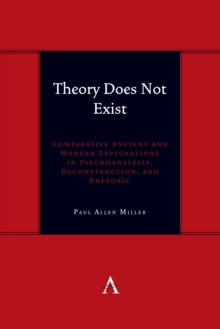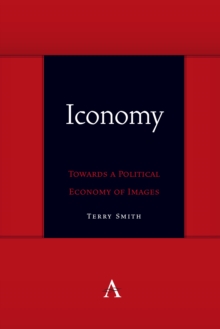
From Mimetic Translation to Artistic Transduction : A Semiotic Perspective on Virginia Woolf, Hector Berlioz, and Bertolt Brecht. Hardback
by Dinda Gorlee
Part of the Anthem symploke Studies in Theory series
Hardback
- Information
Description
Roman Jakobson gave a literary translation of the double words and concepts of poetical hyper translation.
Language can transmit verbal translation to explore new ways of thinking about music and other arts.
Thomas A. Sebeok deconstructed the energy of translation into the duplicated genres of artistic transduction.
In semiotics, transduction is a technical expression involving music, theater, and other arts.
Jakobson used Saussure’s theory to give a single meaning in a different art but with other words and sounds, later followed by Peirce’s dynamic energy with a floating sensation of the double meaning of words and concepts.
For semiotician Peirce, literary translation becomes the graphical vision of ellipsis, parabole, and hyperbole.
Ellipsis is illustrated by Virginia Woolf’s novel The Waves to give a political transformation of Wagner’s opera Das Rheingold.
Parabole is illustrated by the two lines of thought of Hector Berlioz.
He neglected his own translation of Virgil’s Aeneid, when he retranslated the vocal text to accompany the musical lyrics of his opera The Trojans.
Hyperbole is demonstrated by Bertold Brecht’s auto-translation of Gay’s The Beggar’s Opera.
In the cabaret theater of The Three penny Opera, Brecht recreated his epic hyper-translation by retranslating the language of the folk speech of the German working classes with the jargon of criminal slang.
Information
-
Available to Order - This title is available to order, with delivery expected within 2 weeks
- Format:Hardback
- Pages:202 pages
- Publisher:Anthem Press
- Publication Date:03/10/2023
- Category:
- ISBN:9781839989087
Information
-
Available to Order - This title is available to order, with delivery expected within 2 weeks
- Format:Hardback
- Pages:202 pages
- Publisher:Anthem Press
- Publication Date:03/10/2023
- Category:
- ISBN:9781839989087



